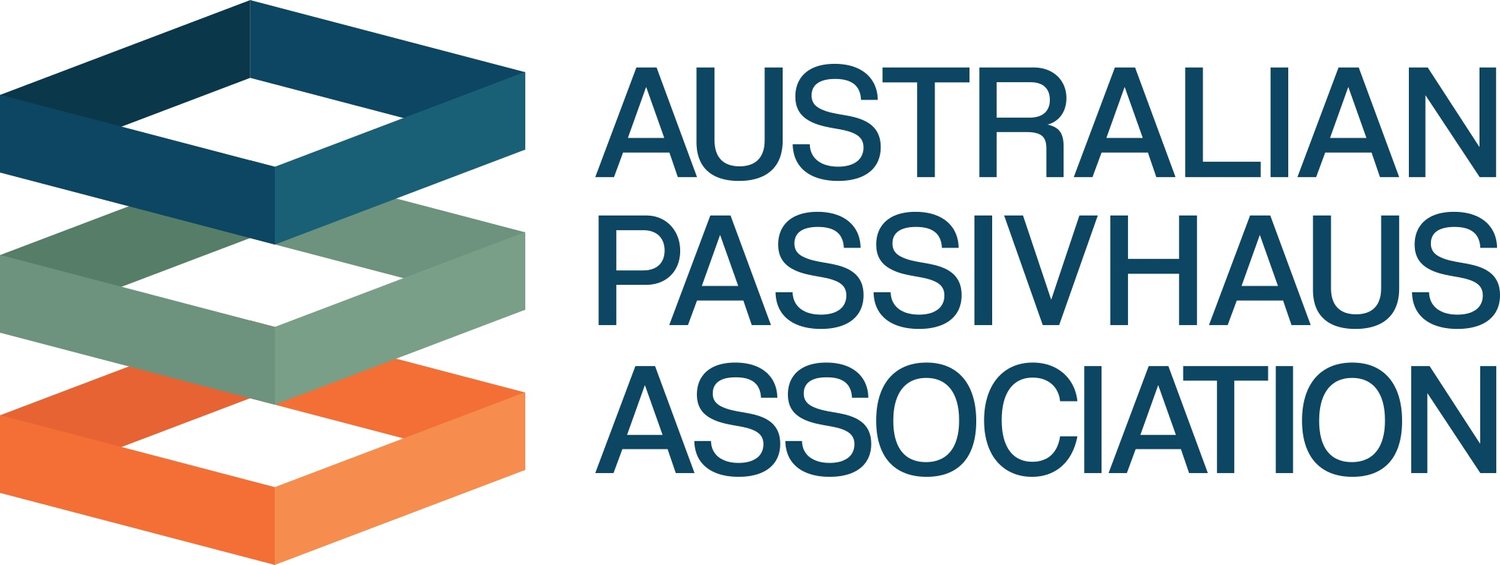Why Should I Certify My Passive House?
Passive House certification provides an important and visible form of quality assurance.
Buildings meeting the strict Passive House certification criteria can be certified as Passive House buildings by Passive House Institute accredited Building Certifiers. There are three in Australia - Clare Parry of Development Victoria, Luke Plowman of Detail Green, and Marcus Strang of Hip V Hype.
Passive Houses must meet the following criteria in order to be certified:
Space Heating Demand: not to exceed 15kWh annually OR 10W (peak demand) per square metre of usable living space.
Space Cooling Demand: roughly matches the heat demand with an additional, climate-dependent allowance for dehumidification.
Primary Energy Demand: not to exceed 120kWh annually for all domestic applications (heating, cooling, hot water and domestic electricity) per square meter of usable living space
Airtightness: maximum of 0.6 air changes per hour at 50 Pascals pressure (as verified with an onsite pressure test in both pressurised and depressurised states).
Thermal Comfort: Thermal comfort must be met for all living areas year-round with not more than 10% of the hours in any given year over 25°C.
APHA recommends contacting a Passive House Certifier early on in the planning process, where any problems identified can be easily corrected at this point in time. In principle, certification can also be applied for after completion of the building.
Read more on the certification process here.
Enjoy our short animation on why certification is so important and contact us with any questions!
*Animation adapted from a video by the International Passive House Association.

